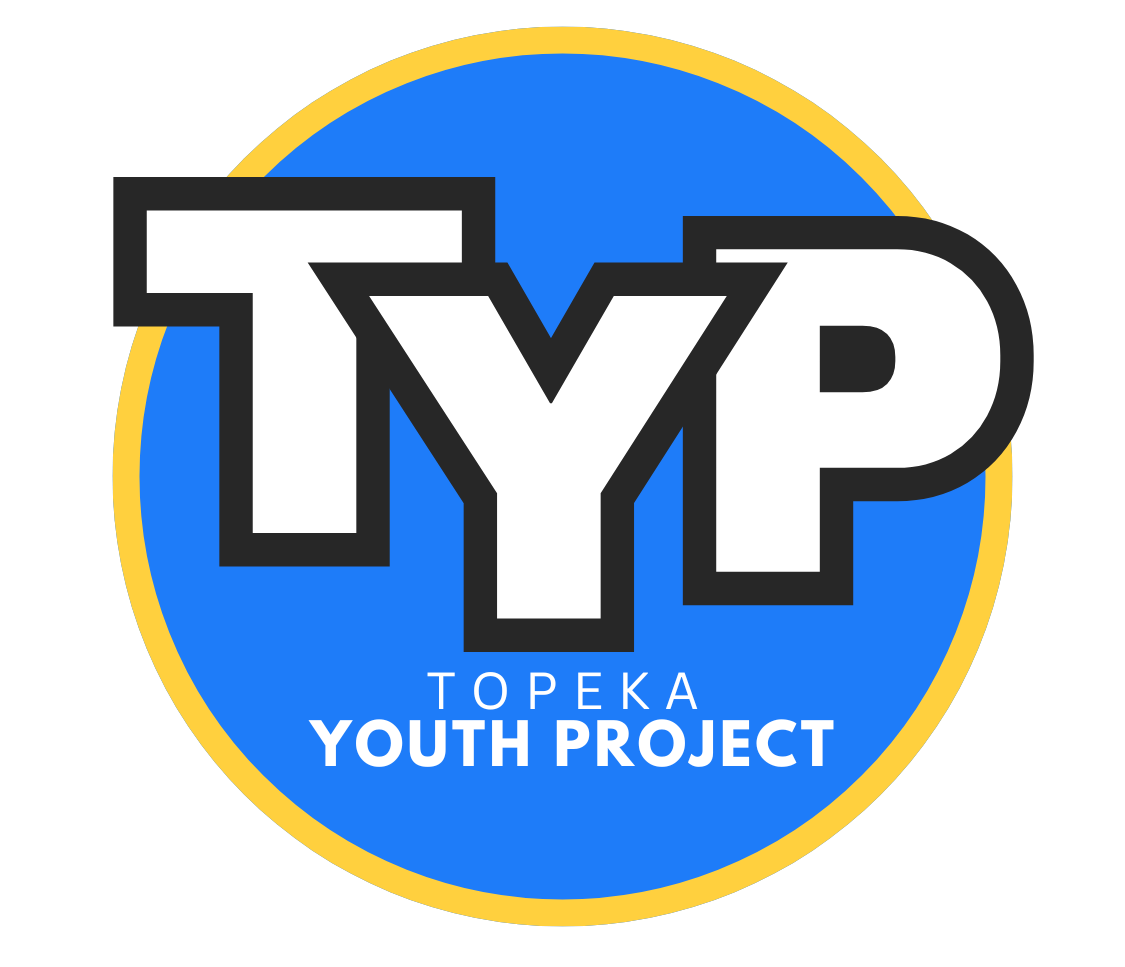From Hallway to Hiring: Helping Young Adults Step Confidently Into the Workforce.
By Leslie Compos - Wellparents.com

Image via Freepik
High school ends faster than anyone expects. One week it's senior prom and lunchroom chatter, and the next it’s job boards, resumes, and “What now?” questions. For young adults not heading straight to college or trying to work while figuring it all out, the gap between the classroom and the workforce can feel wide and poorly lit. The good news? There are practical ways to bridge that space, and none of them require magic. Just awareness, steady support, and the right tools at the right moment. This isn’t about preaching hustle. It’s about real-life moves that help you find your footing, even when the map isn’t clear. Let’s walk it together.
Know Yourself Before You Choose a Path
Rushing into a job just to quiet the questions from family or peers is tempting—but rarely smart. The smarter approach? Stop and discover where your strengths lie before chasing job titles that sound impressive or convenient. What do you enjoy doing when no one’s watching? Which tasks feel satisfying, not just tolerable? Whether it’s fixing things, helping others, working outdoors, or coding for hours—those instincts hold clues. Self-awareness isn’t soft; it’s strategic. The workforce rewards clarity. Not just in what you do, but in how you show up. Taking time to reflect now can save you from job-hopping confusion later.
Master the Skills You Can’t List on a Resume
It’s easy to focus on hard skills, typing speed, software proficiency, certifications, but that’s not what gets you hired or promoted. It’s whether you can build empathy, communication, and teamwork under pressure. Employers know they can train you on systems, but they need people who can listen, show up, adjust, and keep moving forward in messy, real-world situations. Soft skills aren’t fluff, they’re the glue that holds teams together. You don’t need fancy programs to practice them either. Volunteer. Lead a school project. Work retail. Every interaction sharpens something invisible that later becomes invaluable.
Flexible Online Degree Options for Future Paths
Some students aren’t ready to leap directly into the workforce, but they also don’t want a four-year campus experience. If you’re interested in human behavior, counseling, or mental health services, flexible psychology programs online let you earn a degree while still working or managing other life priorities (learn more here). Online psychology programs allow you to start building your foundation in human services or clinical fields without putting your life on pause. It’s a way to stay in motion, grow your credentials, and keep doors open for the future.
Get Real-World Experience Before You Graduate
Don’t wait until graduation to learn how the real world works. You can step into work-based learning environments while still in school. Job shadowing, internships, and apprenticeships give you more than lines on a resume, they give you vocabulary, confidence, and a reality check. Think of it as test-driving your future. Not only do you learn what you like, you discover what you don’t—without years wasted on dead ends. Schools and local programs often partner with businesses to make this happen, but most students never ask. So be the one who knocks on the counselor’s door and says, “I want in.”
Explore Career Technical Education (CTE) Options
College isn’t the only launchpad. In fact, many students find more clarity and job-readiness through Career Technical Education programs. When you choose career technical education, you’re not giving up academic goals, you’re adding practical momentum. CTE tracks teach in-demand trades like HVAC, automotive tech, cosmetology, culinary arts, and IT systems, often with direct employer links and certifications. You graduate not just with theory, but with tools in hand, ready to earn. And here's the truth most people won't say out loud: a well-trained welder or EMT often earns more than a new college grad drowning in debt. Facts over fiction.
Use Individual Learning Plans to Personalize the Journey
Every student deserves a plan built around their life, not a one-size-fits-all template. Schools are slowly catching on, and some now offer options to design your own learning plan that aligns coursework, goals, and real-world experiences. Think of it as building your own GPS: you decide where you’re going, and the plan adjusts as needed. It keeps you from drifting through classes without a purpose. Sit down with your advisor and map it out. The process of planning helps you think like a decision-maker—and that skill travels far beyond graduation.
Seek Paid Opportunities That Teach While You Earn
Money matters. But not all jobs are created equal. Some pay you in both dollars and direction. Programs that let you earn while learning through paid paths, like apprenticeships or industry-sponsored internships, offer a double benefit: experience you can use and income you can spend. These roles aren’t side hustles; they’re stepping stones. The right opportunity can build your network, teach valuable systems, and give you credibility with future employers. Skip the unpaid gig if you can. Find the one that believes your time has value and proves it on the paycheck.
The jump from high school to the workforce doesn’t need to feel like falling. With the right information, timely support, and intentional steps, you can land strong and start walking forward with purpose. This isn’t about chasing the perfect job right out of the gate, it’s about building a life that reflects your values, your skills, and your evolving goals. There’s power in curiosity. There’s strategy in pausing to plan. And there’s no shame in zig-zagging if each turn teaches you something. The world of work isn’t a finish line, it’s a toolkit. And it’s yours to build, piece by piece.
Discover how the Topeka Youth Project is empowering the next generation with skills and opportunities—visit their site to learn more and get involved!
